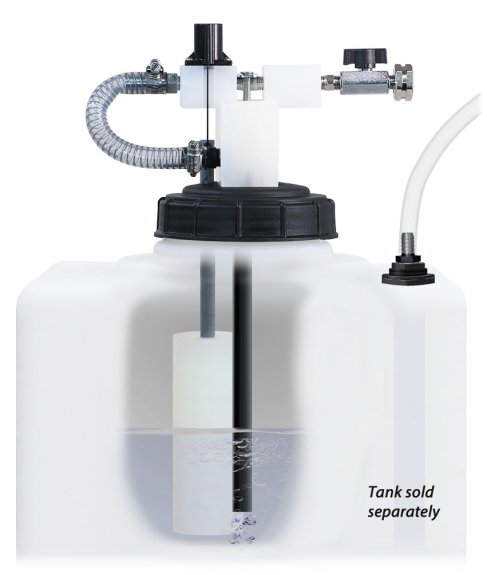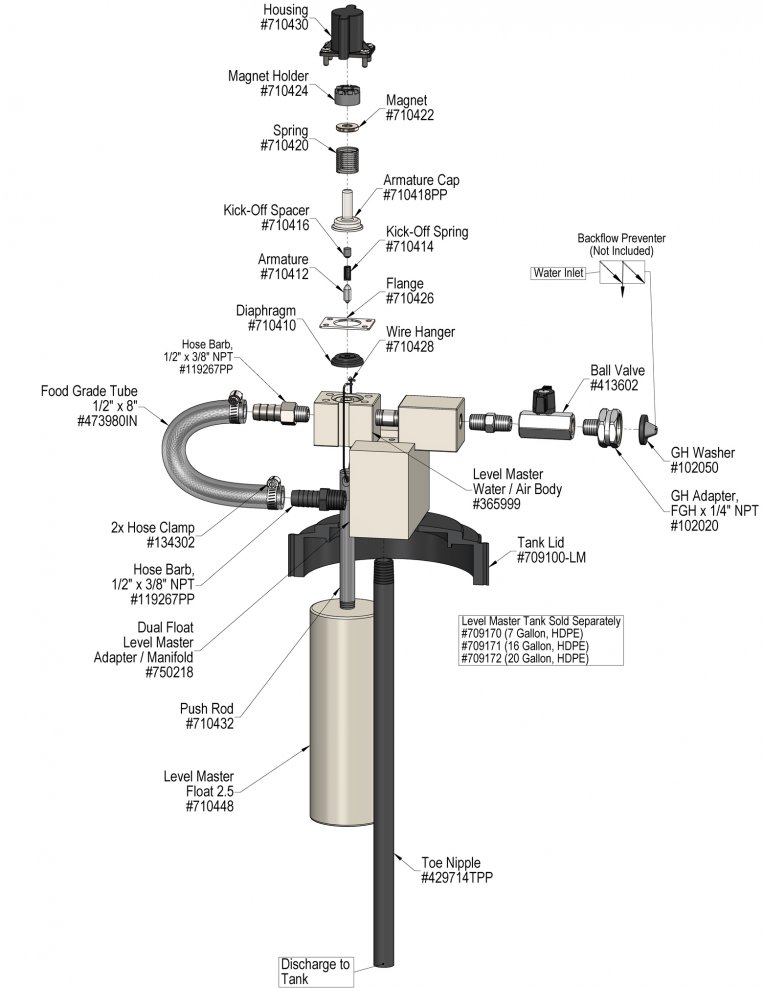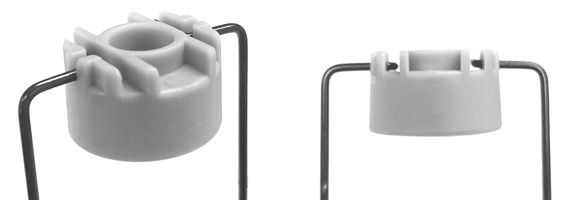| Paired Level Master Tank | See Options |
| Water Supply | Up to 7 GPM @ 40 PSI |
| Water Pressure | 125 PSI Max. |
Lafferty Equipment Manufacturing, LLC
Installation & Operation Instructions
Model # 989330 · Static Water Tank Level Master™ (No Tank)
Requirements
Overview
The Static Water Tank Level Master™ (No Tank) automatically maintains a constant supply of water in a paired tank (sold separately). When the water in the tank drops below a pre-set level, it is replenished using city water pressure (up to 125 PSI) and cycles continuously.



